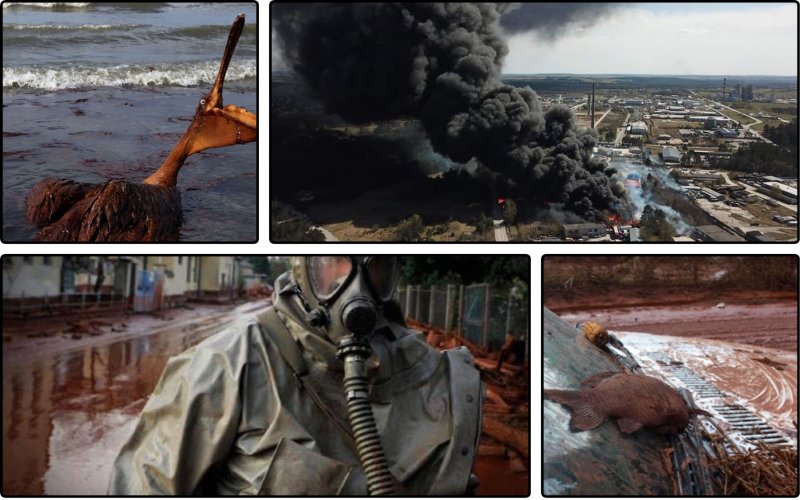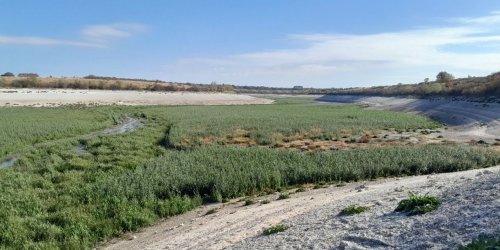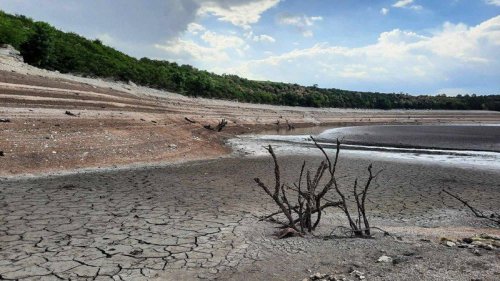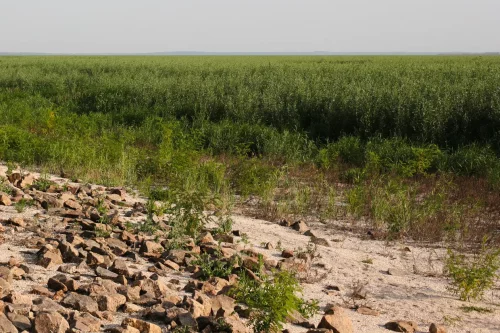Industrial disasters of various scales systematically occur in the world, which cause significant harm to human health, the environment and the economy. Such tragedies lead to a rethinking of the rules and the introduction of new norms.
EcoPolitic prepared the TOP-10 of the largest environmental disasters in Europe and the world that have occurred over the past 70 years.
-
Spill of chemicals from Sandoz, Switzerland;
The accident occurred on November 1, 1986 in the industrial complex Schweizerhalle, Basel-Landschaft. It began with a fire in a factory warehouse not intended for storing chemicals. The building stored 1,246 tons of poisonous and flammable chemicals (824 tons of insecticides, 72 tons of herbicides, 12 tons of mercury-containing chemicals and 4 tons of various solvents).
The chemicals were released into the air and into the Rhine River, causing its waters to turn red.
-
Great smog, UK;
On the night of December 5, 1952, a thick smog began to envelop London, dissipating only four days later. At that time the city was the center of the industrial revolution, because of which a lot of fossil fuels were burned, and especially coal.
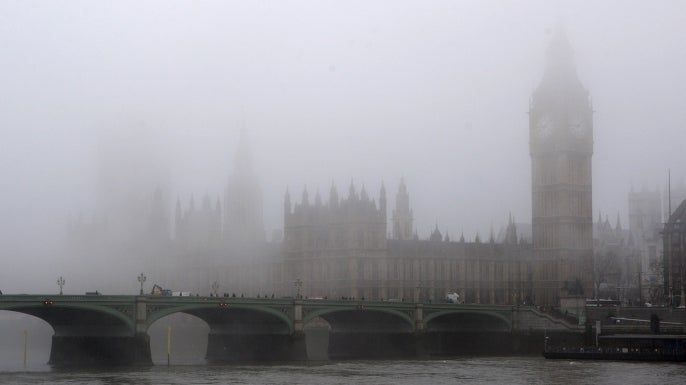
history.com
Against the backdrop of low temperatures, the townspeople began to heat their homes more strongly and pollution reached its maximum values. There was an ultra-high concentration of smoke, nitrogen oxide, soot and sulfur dioxide in the air. At least 4,000 people died in London, mostly children and the elderly, with 8,000 more over the following weeks.
-
Coal ash spill in Kingston, USA;
On December 22-24, 2008, the largest coal ash spill occurred at the Fossil Plant coal-fired power plant in Tennessee. The collapse of the sump wall released almost 4 billion liters of coal ash, which flooded 12 houses, polluted Watts Bar Lake and the Emory River, and led to a train accident.
-
Minamata disease, Japan;
During 1932-1968 in Japan, wastewater from the corporation's chemical plant Chisso poisoned the city of Minamata. Effluent contained high concentrations of mercury.

cbc.ca
This heavy metal accumulates in the body and causes serious illness. From poisoning and caused diseases died about 2250 people. This prompted the countries to conclude the Minamata Convention, which was joined by 141 states, including Ukraine. The Convention provides for strict handling of this poisonous metal.
-
Chernobyl disaster, Ukraine;
On April 26, 1986, the accident at the 4th power unit of the Chernobyl nuclear power plant. The release of radiation was 400 times greater than during the atomic bombing of Hiroshima.
As a result of the accident, about 600,000 people suffered radioactive damage, 200,000 people were permanently evacuated from the contaminated zones, and a 30-kilometer exclusion zone was created around the Chernobyl nuclear power plant.
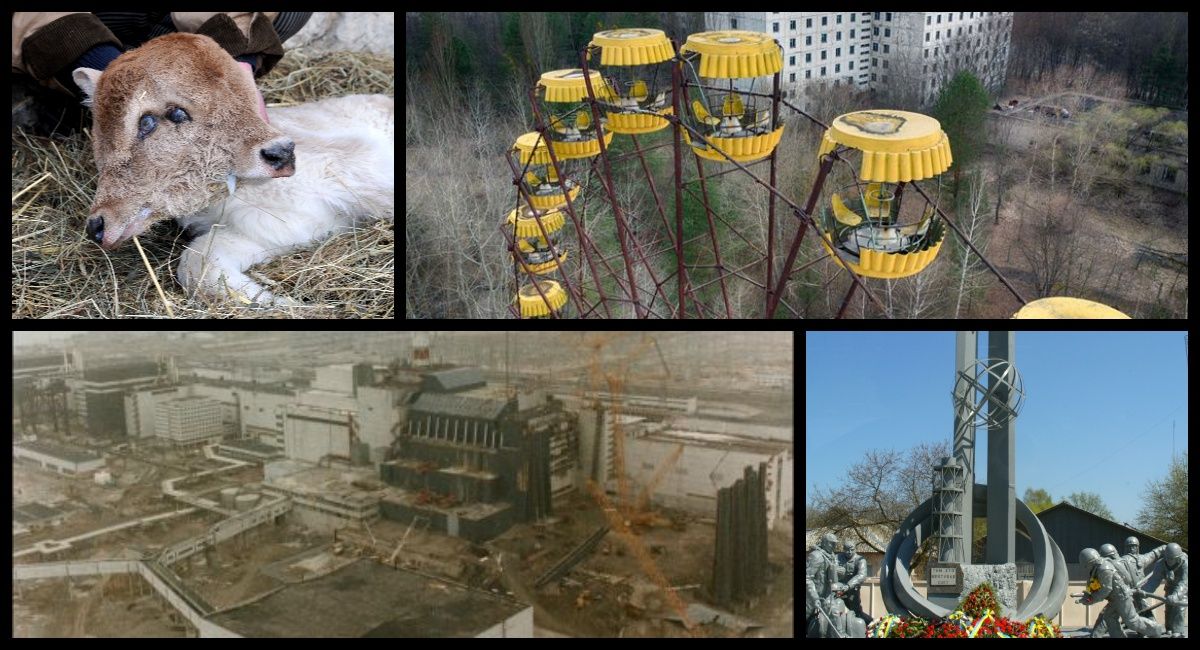
It is considered the worst nuclear disaster in history and is one of only two nuclear disasters rated "7" (maximum severity) on the International Nuclear Event Scale, the other being the 2011 Fukushima nuclear disaster in Japan.
-
Explosions at a chemical plant in Jilin, China;
On November 13, 2005, a series of explosions occurred at the Petro Chemical Plant in Jilin City. These explosions claimed the lives of six employees. 100 tons of pollutants have entered the Songhua River, including nitrobenzene and benzene, which can cause leukemia.
-
Accident at an aluminum plant in the city of Aika, Hungary;
An environmental disaster occurred on 4 October 2010 at Ajkai Timfoldgyar Zrt's large aluminum smelter. The explosion at the plant destroyed the dam that surrounded the sump and held back the red mud tank. About 1.1 million m3 of toxic waste flowed out of it.

24tv.ua
Because of the accident, a wave 1-2 meters high was formed. She covered several nearby settlements and polluted the Danube River. Ten people became victims of the accident, and the total number of people affected by the spill of pesticides exceeded 140 people.
-
Oil spill in the Gulf of Mexico;
On April 20, 2010, an explosion occurred in the Gulf of Mexico and one of BP's (British Petroleum) deepwater oil platforms sank. The accident is called the largest offshore oil spill. The explosion killed 11 employees.
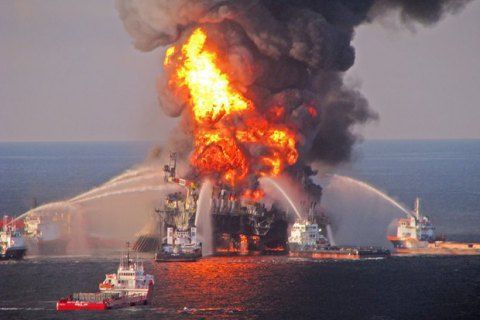
lb.ua
60 million barrels of oil spilled into the bay for more than four months. The pollution killed more than 34,000 birds, hundreds of sea turtles, about 72 dolphins and other animals.
-
Cyanide leak in Baia Mare, Romania;
The cyanide leak contaminated the Somes, Lupes, Tisza and Danube rivers. It happened due to the fault of the gold mining company Aurul on January 30, 2000.
Due to excessive snowfall, a dam holding 100,000 m3 of polluted water broke. Water flooded farmlands and polluted rivers.
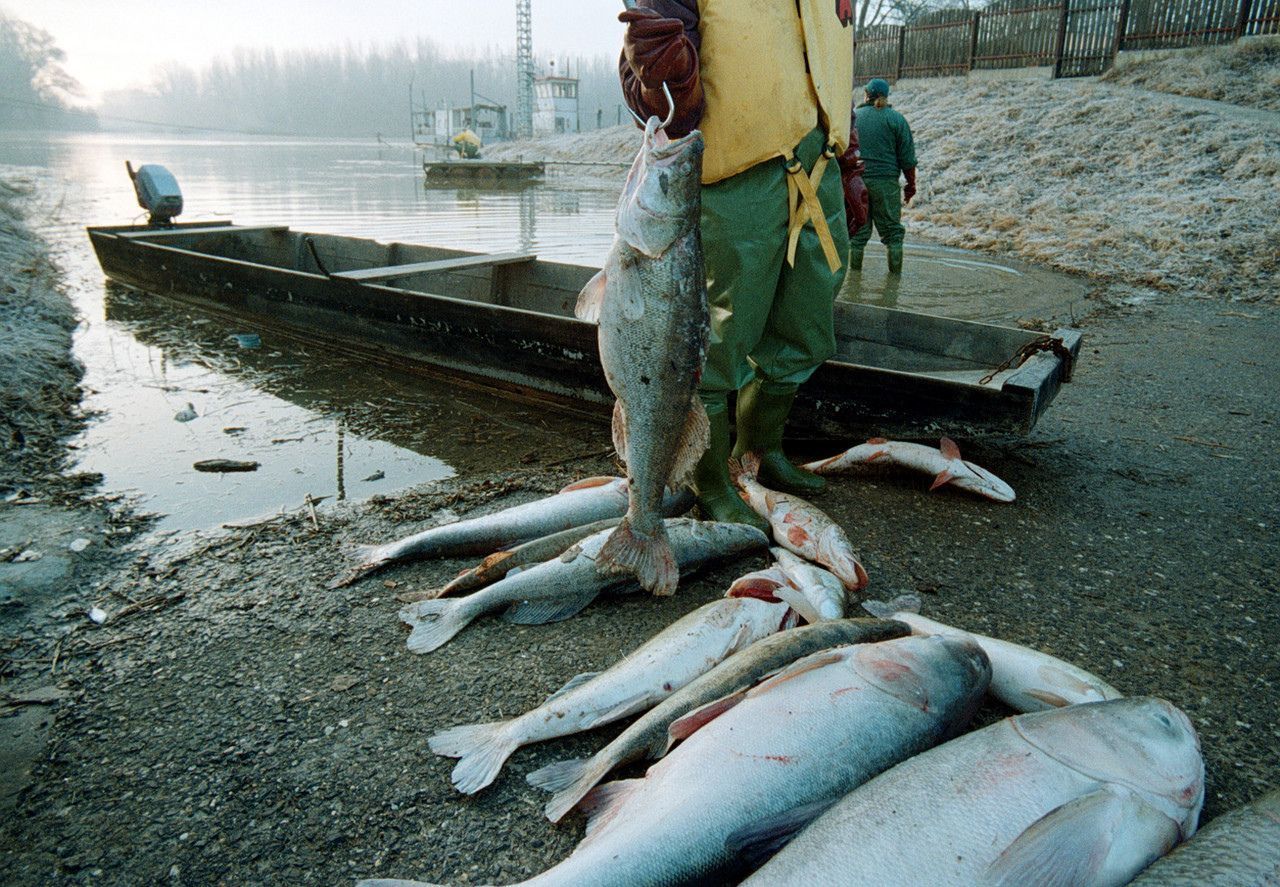
Following the leak, cyanide concentrations in Somes were over 700 times the legal limit. All living creatures died on the site, further south, in the Serbian part, pollution killed 80% of aquatic creatures.
In 2010, the European Parliament proposed a EU-wide ban on the use of cyanide in mining, but the European Commission never implemented the ban.
-
A toxic waste dump in Ivory Coast.
Dutch oil trader Trafigura transported 400 tons of toxic waste, namely caustic soda and oil residues, from Amsterdam to Abidjan, a city in Ivory Coast, Africa. This waste was dumped into city dumps and sewers.
This led to the death of 17 people and caused the disease of almost a hundred thousand people.

